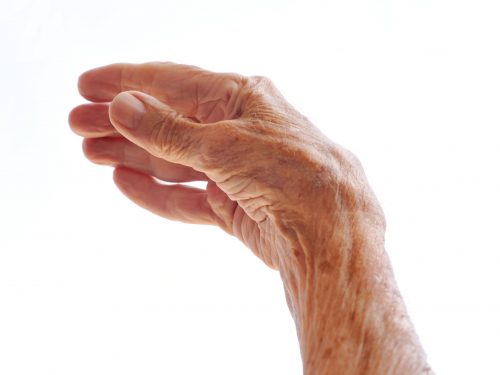Thumb base arthritis and trapeziectomy
The basilar joint of the thumb, or carpometacarpal (CMC) joint, is unique because it provides mobility and stability. However, years of use or injuries may cause dysfunction and pain in this joint. This problem occurs when the cartilage between the bones that permits pain-free movement is worn away and the bones rub against each other. This cartilage loss can result in bone-on-bone friction, and pain at the thumb base. Arthritis at the small joint at the thumb base is also referred to as “CMC Arthritis” or “Basal Joint Arthritis.”
Treatment generally involves a combination of medication and splints. Severe thumb arthritis might require surgery.

Thumb base arthritis and trapeziectomy SURGERY – facts
| Length of surgery | 2 hours |
| Anaesthesia | General or regional anaesthetic |
| Hospital stay | Day case |
| Risks/complications of surgery | Frequent: Swelling, stiffness, discomfort on movement Infrequent: Infection, bleeding (haematoma), delayed wound healing, painful scar, damage to the nerve, incomplete relief of pain, incomplete resolution of symptoms, complex regional pain syndrome |
| Recovery | 2 weeks of cast then splint on and off for 4 weeks |
| Driving | 8-12 weeks |
| Hand position | Elevation above the heart level |
| Follow up | 1 week, 6 weeks, 3 months, 6 months |
| Duration of results | Permanent |
DOWNLOAD FURTHER INFORMATION
Thumb Base Arthritis and Trapeziectomy
Any hand surgery procedure is a personal choice and understandably there are a number of questions that arise. This information sheet is a general guide for patients considering thumb base arthritis treatment under the care of Dr Mackenzie. It should provide the answers to some questions that you may have.
What is thumb base arthritis?
Thumb arthritis is common with aging and occurs when cartilage wears away from the ends of the bones that form the joint at the base of your thumb — also known as the carpometacarpal (CMC) joint. Although there are several types of arthritis, the one that most often affects the joint at the base of the thumb (the basal joint) is osteoarthritis which is essentially “wear and tear” arthritis.
Thumb arthritis can cause severe pain, swelling, and decreased strength and range of motion, making it difficult to do simple tasks, such as turning doorknobs and opening jars. It also reduces the ability to be able to pinch. Treatment generally involves a combination of medication and splints. Severe thumb arthritis might require surgery.
What are the symptoms of thumb base arthritis?
Pain is the first and most common symptom of thumb arthritis. Pain can occur at the base of your thumb when you grip, grasp or pinch an object, or use your thumb to apply force.
Other signs and symptoms might include:
- Swelling, stiffness and tenderness at the base of your thumb
- Decreased strength when pinching or grasping objects
- Pain with activities that involve gripping or pinching, such as turning a key, opening a door, or snapping your fingers
- Aching discomfort after prolonged use
- Decreased range of motion
- Enlarged or bony appearance of the joint at the base of your thumb